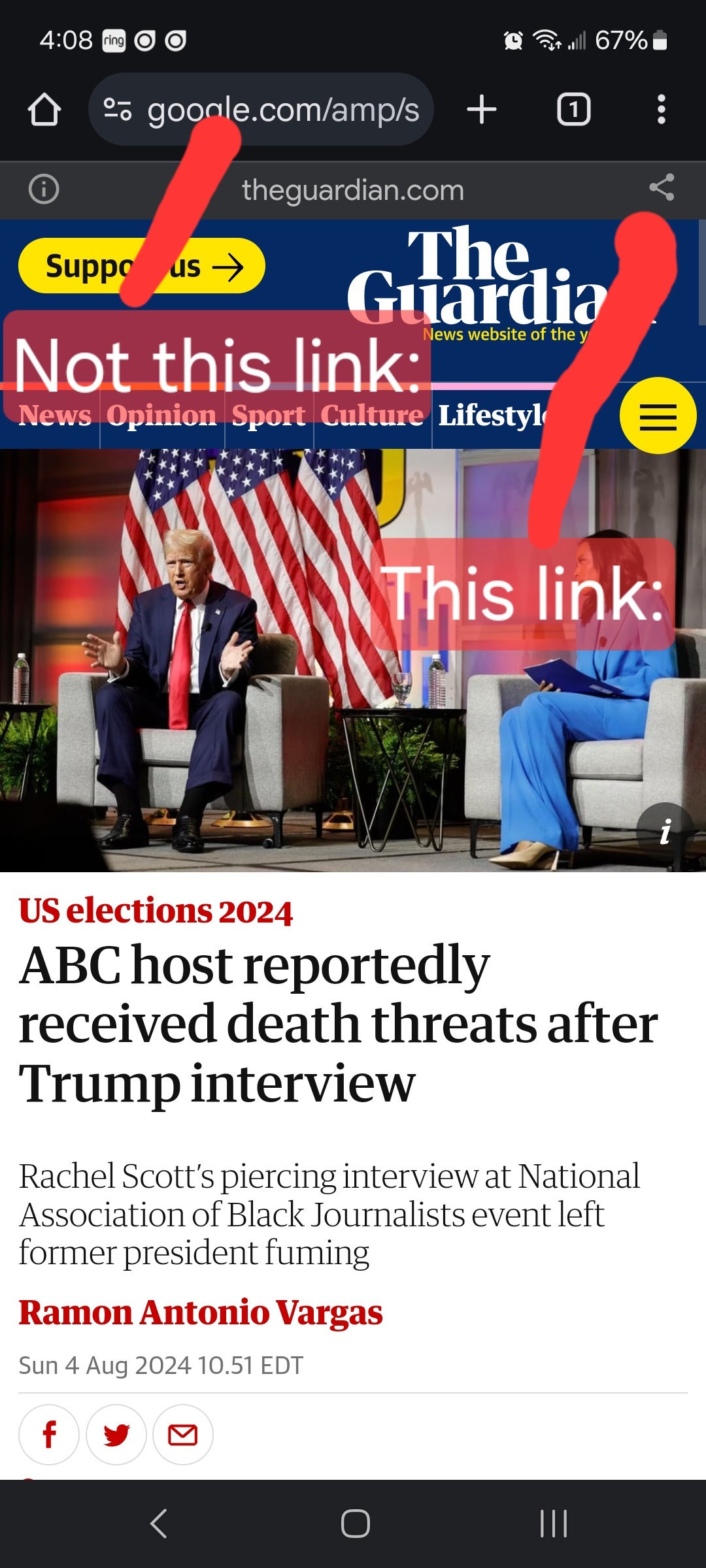But while Smith voted against a plan to keep the government funded in March as the base was clamoring for Democrats to stand up to Trump, Shaheen and Peters voted with Republicans and Democratic Leader Chuck Schumer to keep the government’s lights on – a decision that infuriated some Democrats.
“One of the things I learned as governor is that you don’t have the luxury of saying, ‘I’m not going to work with this person and I’m not going to solve this problem.’ When you’re in charge, it’s your responsibility to help figure out how to get it done,” Shaheen said.
Pressed on the fact that most of her caucus didn’t agree this was one of those moments, Shaheen was frank.
“I disagree with them,” she said. “I think they weren’t thinking about what the seriousness of the alternative was, to have a government shutdown. And then there was no guarantee that we could ever open the government up.”
In the next several months, Democrats will have to coalesce around a unified message ahead of the midterms and find a way to harness the energy of the more progressive base while also battling in states where the party has lost ground to Trump.
“If the Democrats can’t compete in the Midwest and the Great Plains, then the path back to majority is going to be a long time coming,” said Sen. Mark Warner, a Virginia Democrat who is expected to run for reelection in 2026.
Democrats will be defending seats in 2026 in states like Michigan, New Hampshire and Georgia, with few potential pickup opportunities outside of Maine and North Carolina.
